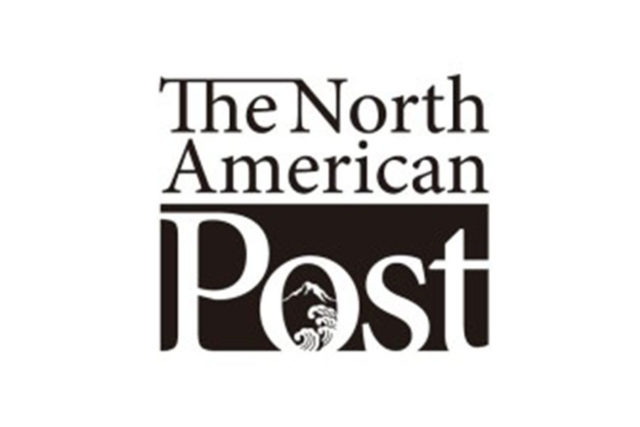The Japanese Cultural and Community Center of Washington held its annual Tomodachi Gala fundraiser, usually a luncheon, “live” on YouTube on Aug. 11.
Attending the event was entertaining and enjoyable. It helped that it was brief (40 min.).
Readers who missed the event can have almost the same experience by watching its full-length YouTube video. The only thing late viewers will miss is the suspense of the moment. Viewers watching it “live” were thinking, “Is this going to work?” And “How is this going to work?”
Like most fundraising gatherings, the live-video event showcases the nonprofit’s activities and asks for donations. The program begins slowly, much like any “normal” social gathering. As two dozen attendees gradually log in, as an icebreaker, each says where they were tuning in from by chat (greater Seattle, San Francisco, Boston…).
Nine minutes into the “meet and greet,” cool synthetic music starts playing.
It prompts viewer Ellen Eskenazi to comment, by chat, “Cool music. Whose is it?”’
Thereafter, Lori Matsukawa replies, “It’s composed by Sharon Sobie-Seymour’s daughter.”
At that point, Anna-Mariko Seymour charmingly chimes in, from Boston, “Me!”
The program is off to a roll from that point. We meet its co-hosts, Ryan Yamamoto, KOMO News, and Sarah Baker, Seattle JACL.
Then, the various parts of the JCCCW, each give brief updates. The overview is useful, even for regular center users, as the center’s range of activities is broader than any individual pursues. The programs range from those for kids to those for seniors.
From Koichiro Kitazumi, we learn that the Seattle Japanese Language School, the original mission of the building and grounds, is thriving, with classes online.
From Aiko Mizumori Canfield, we learn that the “Hosekibako” Japanese resale store is also doing well. This store plays a useful community role, as it provides an outlet for Japanese items—many semi-antiques–that families are finding as they tidy Nisei homes.
Emi Halladay Ptacek Choi, of the NW Nikkei Museum, shares two poems of Issei leader Genji Mihara, courtesy of the Seattle Channel. One was one written on a train en route to his internment in a Dept. of Justice camp.
“Tsumi mo nashi, [Riders without sins]
Muryo ressha ni, [In cars lacking fares]
Mado mo nashi.” [and windows]
From Gordon Sata, we learn that the Nikkei Horizons senior activities group, previously administered by Keiro Northwest, continues at the JCCCW. There, seniors can participate in activities such as painting and woodworking.
Lastly, Karen Yoshitomi, executive director, shares her three R’s approach: “Re-program, Reimagine, Renovate.” She proudly shows off the new elevator in the breezeway between the JCCCW’s two main buildings.
The main impression one gets from the video is that a new generation is fully embracing the former Seattle Japanese Language School campus as a community center. The irony is that the place is remembered with anguish by Nisei and Sansei who were forced to attend school there. It shows that the Issei were right to purchase the land when they could, when it was on the edge of platted Seattle, and available at a price that they could afford.
The participation of the new generations matters, for the Center’s activities help them feel comfortable in their skin. It also acquaints them with their heritage.
Moreover, the video showcases a new level of online sophistication that will prove useful as the COVID-19 pandemic enters its seventh month. Across the spring and summer, most readers learned to meet by Zoom. Now, nonprofits are learning to raise funds online and post advertising videos as well.
JCCCW Virtual Tomodachi Gala,
https://www.youtube.com/user/JCCCWA
(full version with live chat, 40 min.; edited version, 29 min.)







